Board games have been a popular entertainment option for centuries, with many having at least a few in their personal collection. However, their size and numerous components often make them difficult to transport, which makes learning how to pack board games for moving particularly important. But how can you ensure your cherished collection arrives safely at your future destination? With our guidance, you will be on your next quest in no time.
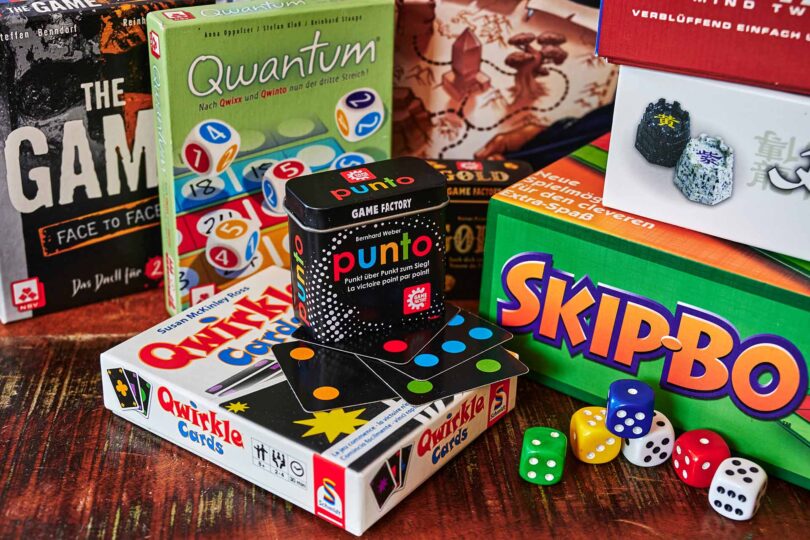

When cross-country moving, it’s crucial to know how to pack and move board games carefully to protect their sentimental and monetary value. Start by gathering packing supplies for games. Sort your goods by size, wrapping each one individually for maximum protection.
Master moving box arrangement for games and utilize labeling tips for game boxes for efficient handling and unpacking experience. If you are not sure how to do it, look for “long-distance movers near me” and hire the best ones for your needs.
According to Fun.com, chess takes the crown as the best-seller. A favorite since the 13th century. Its sales figures are a bit of a mystery, but it’s estimated that over three million sets are bought each year in the US alone.
But chess isn’t alone in its long-standing popularity. Coming in second is checkers, dating back to 3,000 BC, with over 50 billion sets sold. Here’s a quick look at some other biggest sellers:
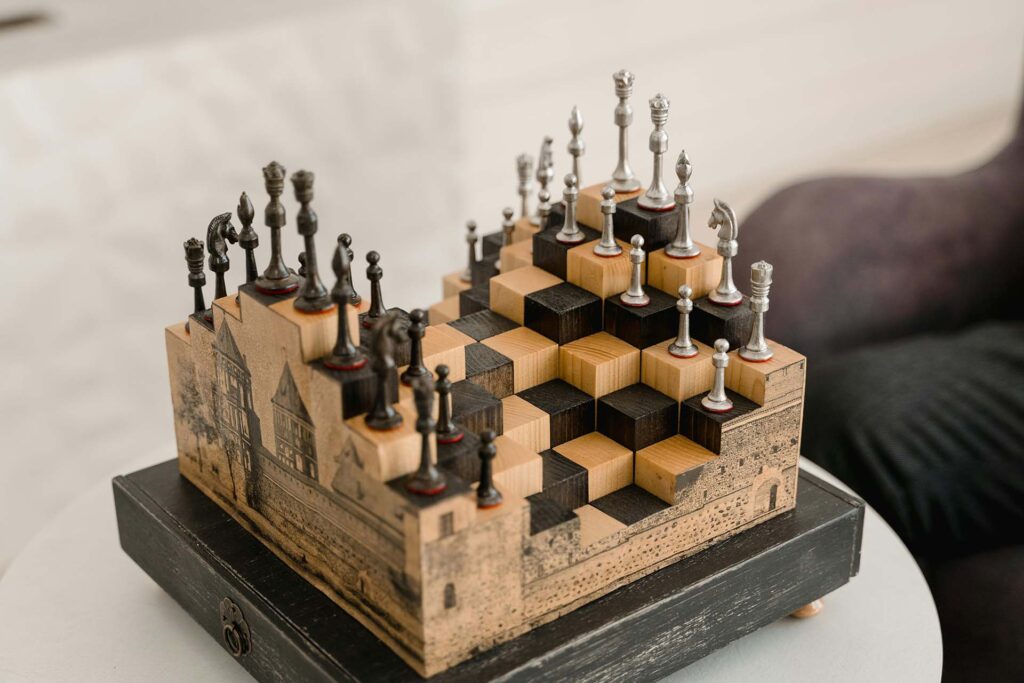
Organizing your board games for moving is a vital first step. Start by categorizing them. You can sort them by size, which makes the boxing-up process more efficient, or by how often you play them. This method helps in deciding which items to store first and which ones can be left for last.
It’s also a good time to declutter. Look through your collection and think about selling or giving away any pieces you don’t play anymore. Downsizing for a relocation not only lightens your load and helps you save money on costs but could also bring joy to someone else.
Once you are finished with sorting, make an inventory list. However, this stage isn’t just about listing all your possessions. It’s about noting each component down. This step is crucial, especially for sets with many pieces.
A detailed relocation inventory helps in two ways. It ensures that no piece goes missing during transit, and it makes setting up at your new place much smoother. Thankfully, most modern games will have their components listed on the back of the box, making it easier to verify that everything is accounted for.
Documenting everything might seem tedious, but it’s worth your effort. When you’re unpacking, you’ll be thankful for the detailed list that tells you exactly where everything is.
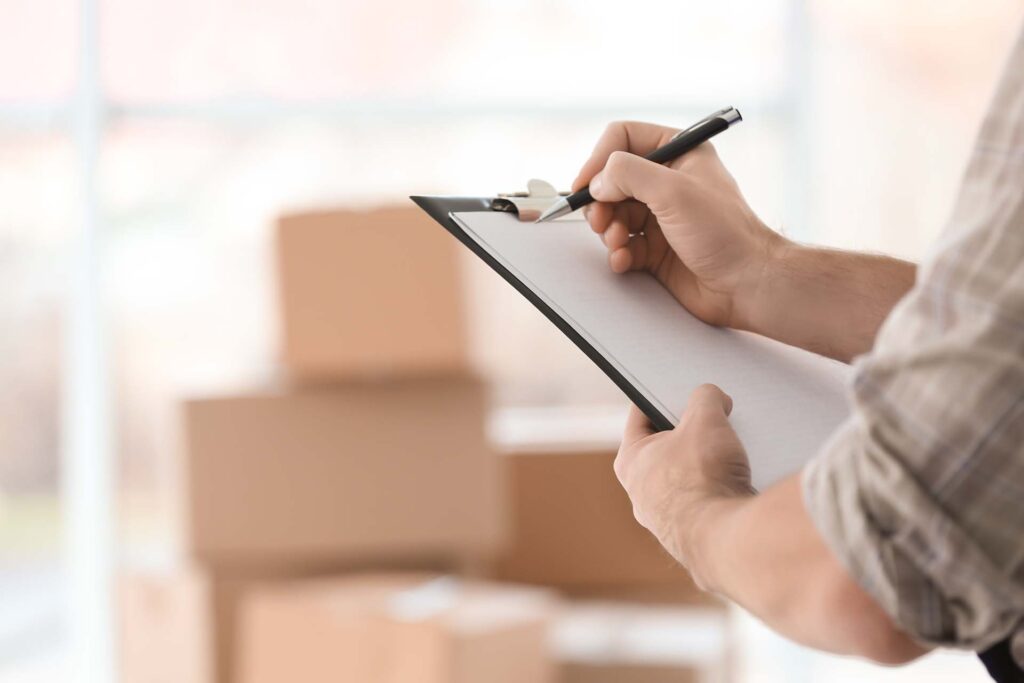
Having the right packing materials is essential for a smooth and stress-free move. These supplies ensure that your possessions stay protected, regardless of the distance they travel.
An adequate boxing-up process safeguards your things from environmental factors like moisture or dust. Here’s a checklist of different packing materials that will ensure a safe relocation of your belongings:
For those who are environmentally conscious or seeking additional security, plastic containers are an excellent alternative. They’re reusable, durable, and provide superior protection against elements. Furthermore, exploring eco-friendly packing options can minimize environmental impact while protecting valuable board games during a move.
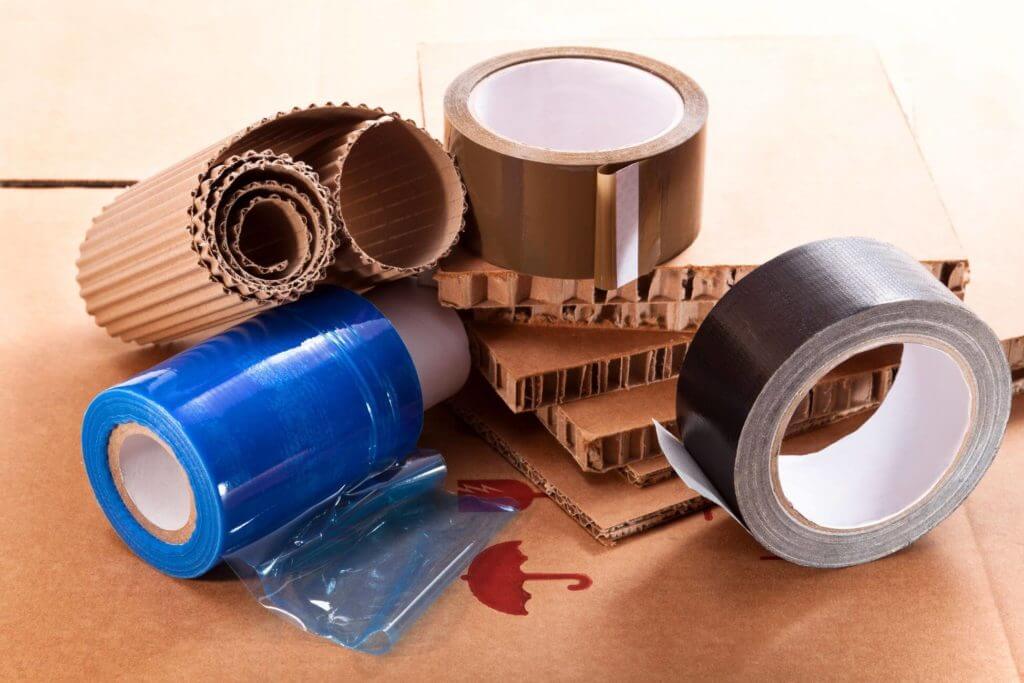
Properly boxing up your belongings for shipping is vital for a more streamlined and efficient relocation process. Following these steps helps avoid damage and loss while making settling at your new home a pleasant experience.
Before you start boxing up your goods, open each box and check for any loose components. Small pieces like dice, tokens, and cards can easily get lost in transit, so it’s best to secure them in plastic zipper bags.
For added protection, fill any empty spaces inside the boxes with crumpled packing paper or bubble wrap. This step prevents the components from shifting around and possibly getting damaged. Remember to add some silica gel to prevent the cardboard from warping due to excess humidity that may occur during transit.
Start by wrapping each crate individually. Shrink wrap is ideal as it keeps the containers closed and prevents pieces from falling out. If you don’t have shrink wrap, rubber bands are a good alternative. When placing the wrapped objects in the moving box, put the heavier ones at the bottom.
It’s also a good idea to stack the boxes on their sides, which can help reduce impact during transit. To prevent any movement within the crate, fill the remaining empty spaces with clean paper, foam peanuts, or bubble wrap.
Once everything is wrapped and stored inside the perfectly-sized box, seal it securely with duct tape. This ensures a safe relocation process and that everything stays in perfect shape.
Finally, label each box effectively. This not only helps with the organized boxing-up process but also makes your relocation much easier. You’ll be able to find a specific item when you need it in no time.
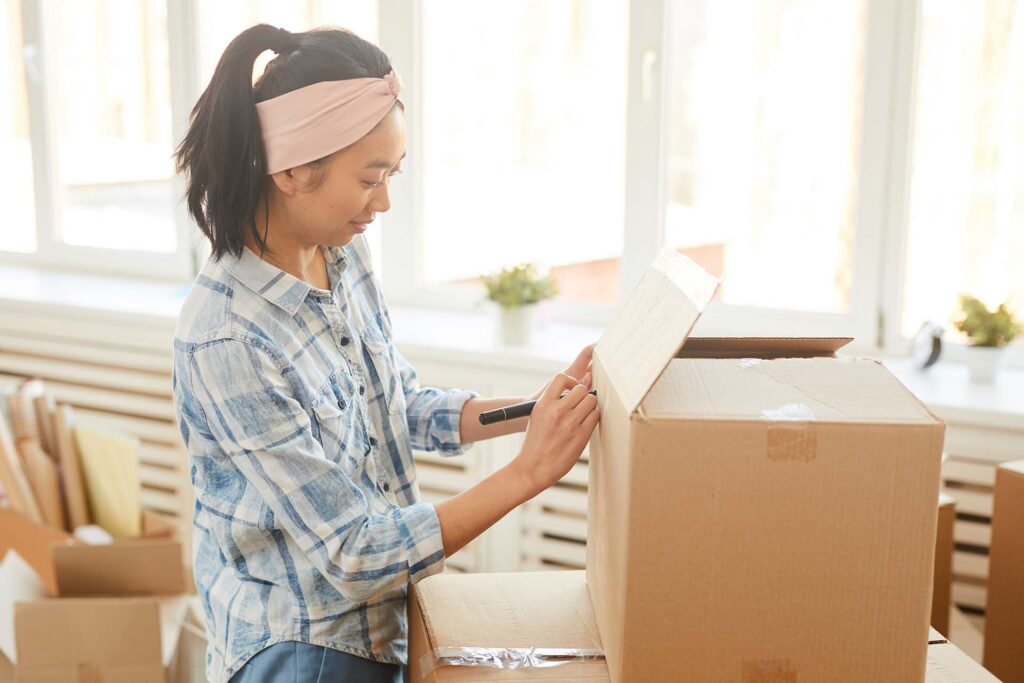
When it comes to your most valuable or sentimentally significant items, regular boxing-up techniques might not suffice. These treasures require extra precautions to ensure their complete safety. If you have things that are high in monetary value, like limited editions, collector’s items, or family heirlooms and gifts, consider these additional steps:
Remember, the goal is to get these possessions to your new destination in the same condition they left. Taking these extra steps will provide peace of mind, knowing that your collection will reach you safe and sound.
Relocating, especially over long distances, can be an exhausting and complex process. To alleviate the stress and ensure a smooth transition, consider hiring professional movers. At Trico Long Distance Movers, we offer specialized solutions tailored to your exact needs.
Our team is equipped with top-notch tools and supplies, ready to handle every aspect of your relocation journey. With our reliable long-distance moving services, you can focus on the excitement of your new adventure, leaving the logistics and heavy lifting to the experts.
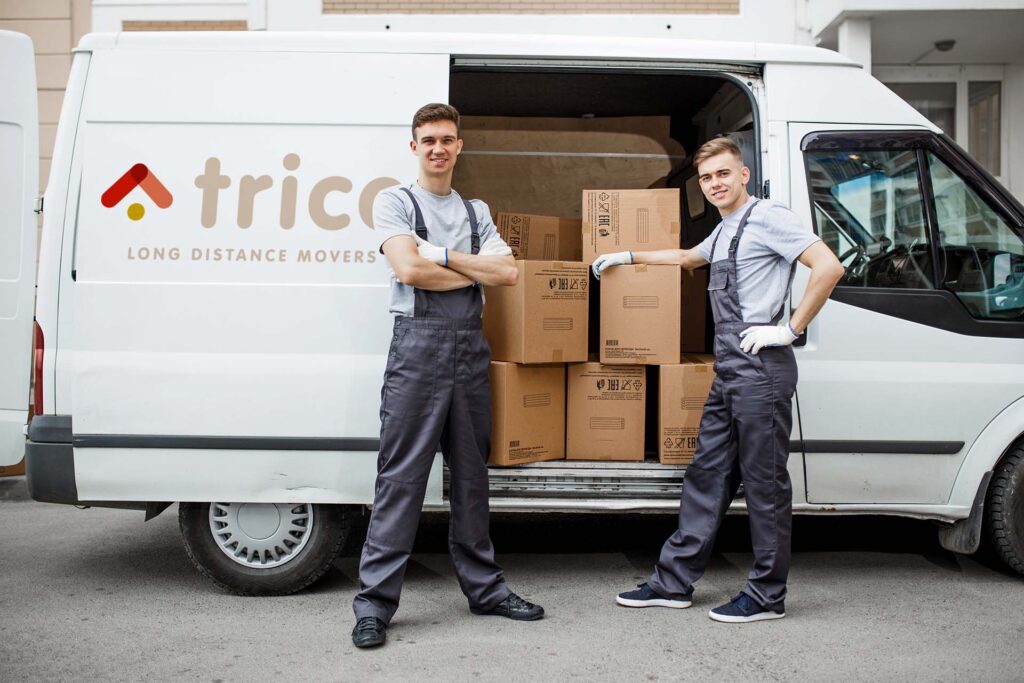
By now, you are probably aware of how hard it is to organize a relocation. That is why it is important to hire a reliable company to handle the job the right way. Cue in the final boss of the relocation game, Trico Long Distance Movers.
With our team at the helm navigating through this complex mission, you’ll be reaching the finish line in no time. So, don’t hesitate to reach out to us, book your relocation, and leave the rest in our capable hands.
The best materials are those that offer protection while being lightweight. Cardboard boxes are ideal for the outer container. Inside, use bubble wrap or clean packing paper to wrap each object, providing a cushion against impacts.
For smaller components and pieces, plastic zipper bags work wonders in keeping them together and secure. If you’re looking for eco-friendly options, consider using biodegradable bubble wrap or recycled paper. The goal is to keep each item snug and protected throughout the whole process.
To prevent losing small pieces, organization and secure packaging are key. Before you even start with a boxing-up process, gather all the small pieces like dice, tokens, and cards.
Place them in individual plastic bags or small containers. Label each packaging with the name of the game to which it belongs, ensuring that no piece ends up in the wrong box.
Yes, it’s a good idea to wrap each crate individually. This prevents the boxes from opening and spilling their contents during transit. You can use plastic shrink wrap, bubble wrap, or even strong rubber bands.
The wrapping should be secure but not too tight to damage the box. This step is particularly important for containers with loose lids or those that are filled to the brim with components.
Start your boxing up and sorting process by placing the heaviest and largest objects at the bottom. This creates a stable base. Then, stack the lighter ones on top. If possible, arrange everything vertically, like books on a shelf.
This reduces the pressure on the boxes and helps prevent them from collapsing. Fill any remaining spaces with padding to keep everything in place and prevent crates from rubbing against each other.
For things you no longer wish to keep, consider donating them to local charities, schools, or community centers. You can also sell them online or at garage sales.
If something is incomplete or damaged, check if any components can be repurposed or recycled. Donating or selling not only declutters your collection but also gives your items a new life elsewhere.
Labeling boxes is crucial for efficient unpacking. Use a permanent marker to write the contents on each box. You can list the specific things inside or even sort them by categories.
If you’ve numbered your inventory list, match the box numbers with the list for easy tracking. Don’t forget to mark the crates as “Fragile” and indicate which side should be up to ensure their careful handling.